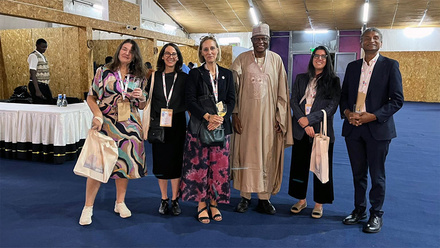New report: International admissions 2023–2024
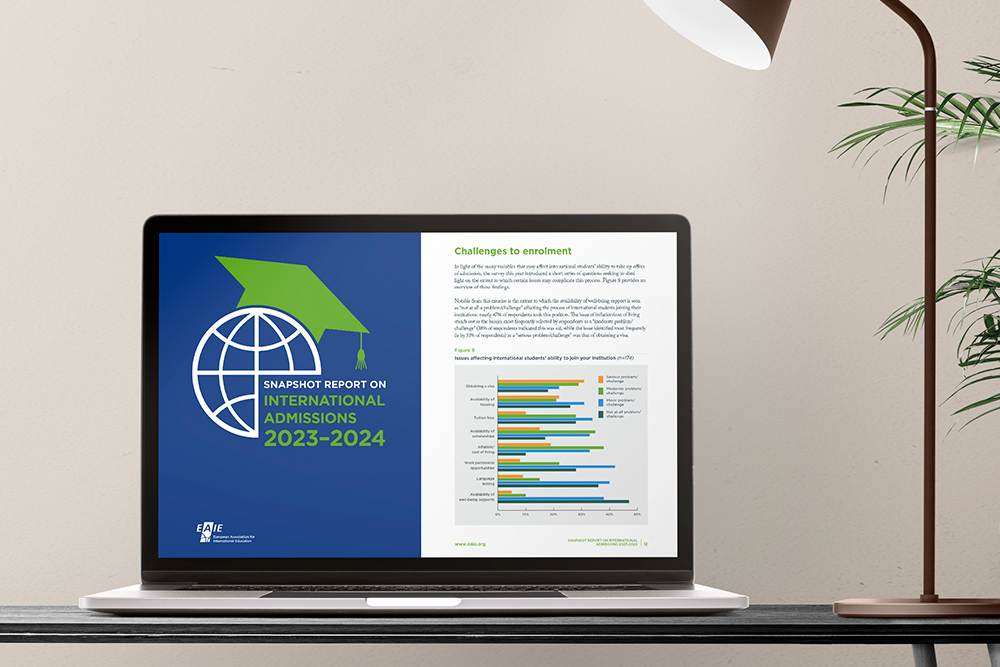
The EAIE’s new Snapshot report on international admissions: 2023–2024 shines a light on some of the most important dynamics shaping international admissions and enrolment in the year to come. Learn about some of the major trends in this blog, and download the full report for a deep dive into the data.
For the third year in a row, the EAIE has undertaken a data collection exercise focused on gathering information on international student admissions from higher education institutions across the European Higher Education Area (EHEA). The online survey was available between 01 and 21 March 2023 and consisted of questions concerning the application numbers for international degree-seeking students for the coming academic year as compared to the previous year, and the anticipated enrolment numbers of these type of students in 2023–2024.
Following ongoing developments in the international higher education sector and similar to the 2022 edition of the report, the survey also included questions on the offer of online programmes and the ongoing war between Russia and Ukraine. An addition to this year’s questionnaire was a short series of questions aimed at better understanding how higher education institutions view potential barriers to international student enrolment, with specific attention paid to (potential) communication between institutions and local accommodation providers.
The 2023 responses provide greater insights into several countries that were underrepresented in previous versions of the survey
Though the overall number of respondents was smaller than in the 2022 survey exercise, the 2023 responses offer an intriguing sneak peek at international student admissions predictions in 27 countries and across a wide array of higher education systems and contexts. The total student population represented by the respondent institutions exceeds 2 million, of whom approximately 300,000 are international students. Next to this, the 2023 responses provide greater insights into several countries that were underrepresented in previous versions of the survey: there was strong participation of respondents from countries such as Croatia, Hungary and Finland, but – interestingly – low participation from large countries such as France, Germany and Spain.
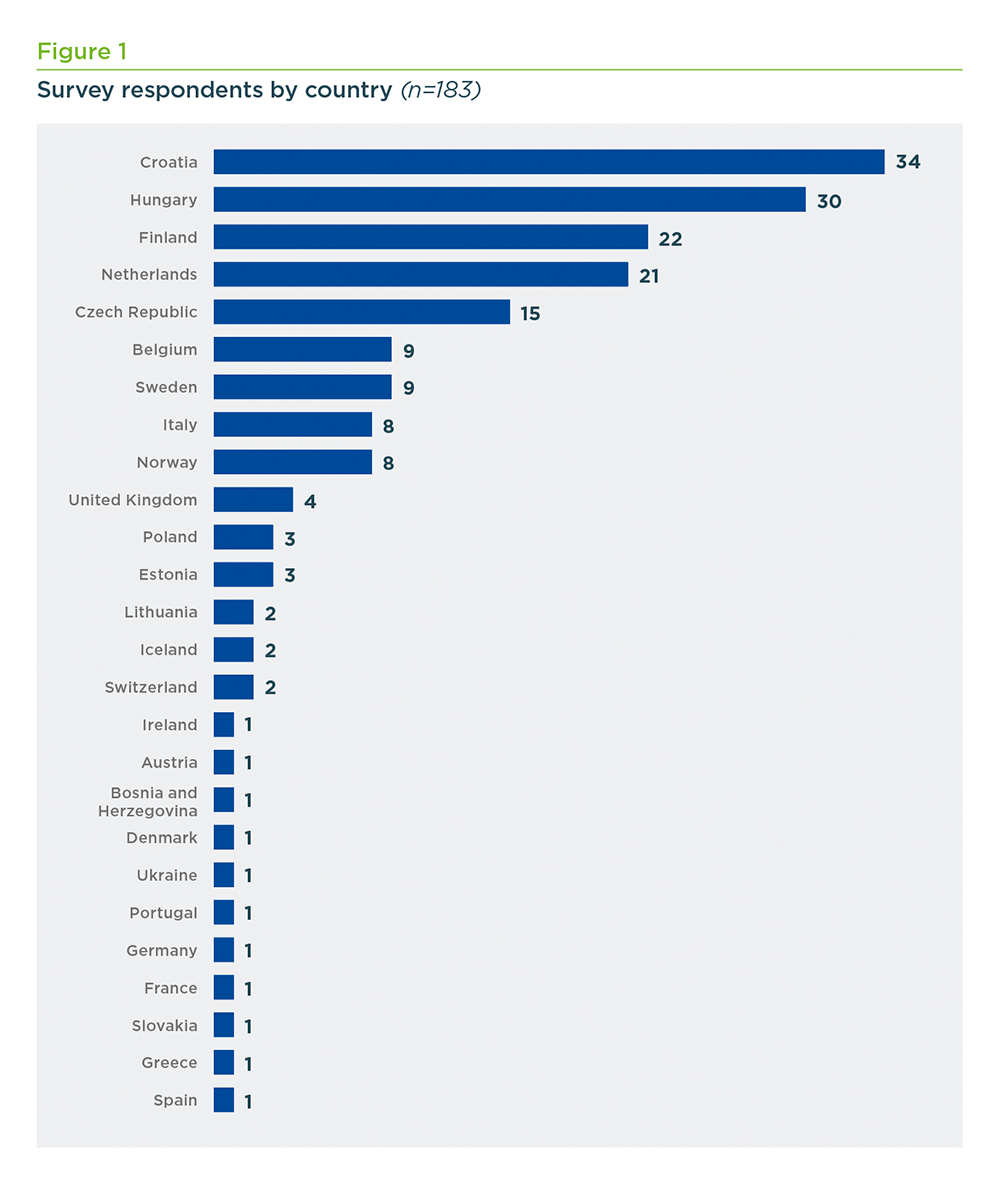
Overall, the international student admissions numbers look promising and we can see a continuation of post-pandemic enrolment increases in many contexts. Indeed, just as last year, 51% of respondents in 2023 indicate that their international student application numbers are higher than in the previous year.
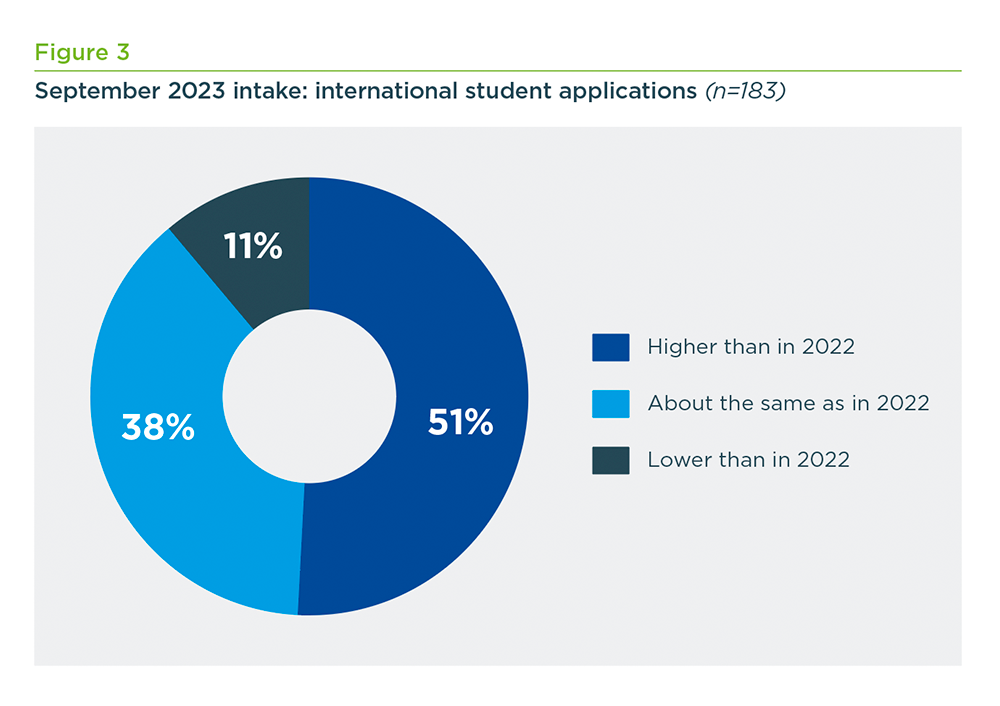
Yet, the current vision of year-on-year growth is less robust for some, as evidenced by the fact that respondents in some countries indicate that the growth in application numbers is smaller in 2023 than it was in 2022.
On the plus side, a slightly smaller percentage of 2023 respondents (11%, as compared to 13% in 2022) see their international application numbers looking lower than the previous year. When it comes to such reported decreases in application numbers, Norwegian respondents most frequently reported a downturn. This could possibly be linked to the recent decision by the Norwegian government to impose tuition fees on citizens from outside the European Union and European Economic Area, as well as new restrictions on awarding scholarships to such students from institutions' own operating funds.
The issue identified most frequently as a ‘serious problem/challenge’ was that of obtaining a visa
The Snapshot report on international admissions provides additional information about how the anticipated September 2023 intake compares to the previous year, as well as fascinating insights into the offer of online programmes and expectations in relation to the enrolment of Ukrainian students, including examples of measures taken to ease the admission and recognition for this group. A timely and useful addition to the survey concerns questions on issues affecting international students’ ability to join institutions. While the issue identified most frequently (54% of respondents) as a ‘serious problem/challenge’ was that of obtaining a visa, the issue of inflation/cost of living stands out as the barrier most frequently selected by respondents as a ‘moderate problem/challenge’ (66% of respondents). Other questions in the report zoom in on this issue by focusing on communications between higher education institutions and local accommodation providers.
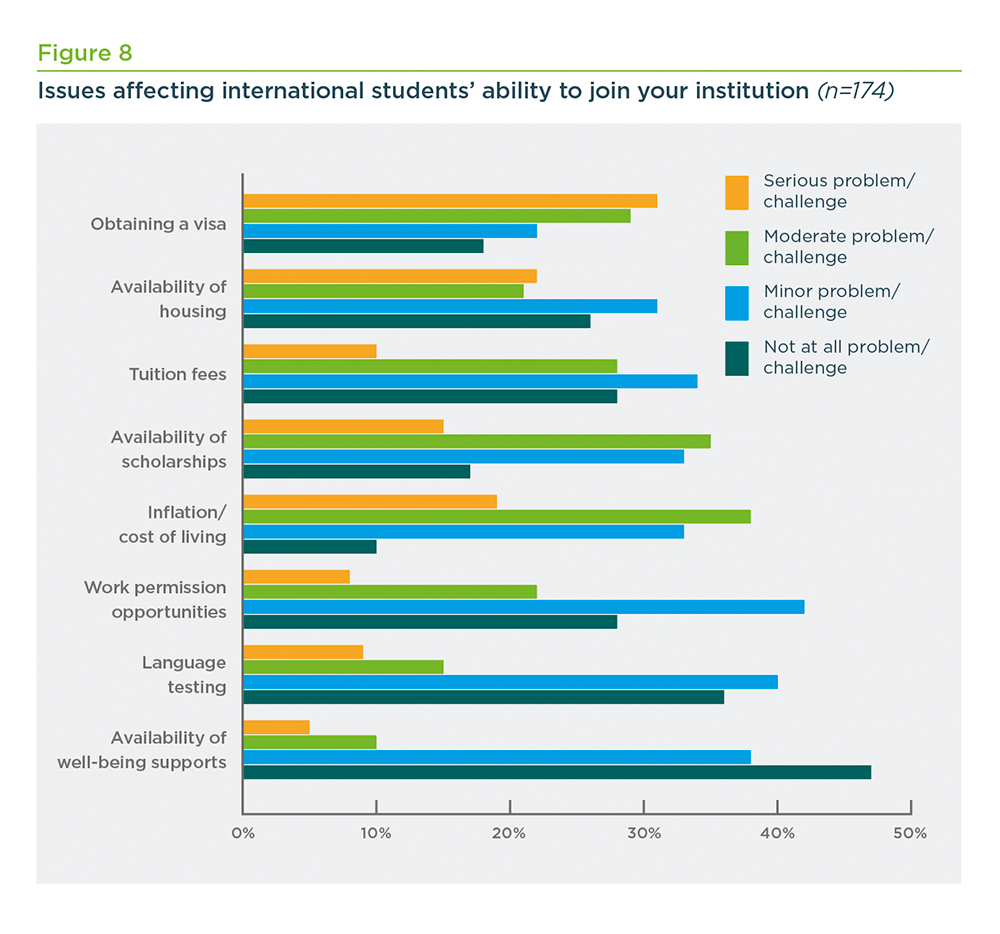
The data provided in this third iteration of the EAIE’s Snapshot report on international admissions only begins to scratch the surface of international student admissions and enrolment for the coming academic year. Yet, it provides a range of interesting details to reflect upon in greater depth and hopefully the findings will provoke useful conversation and reflection.
So, what do international student applications look like at this moment in time for your institution? What are the prospects for converting those applications into enrolled students? How seriously do you think students who are interested in enrolling at your institution are affected by such challenges as obtaining a visa, the availability of housing or well-being supports, language testing or inflation/cost of living concerns? Hopefully, shining a light on these and other important questions framing the current international student admission landscape across the EHEA offers useful food for thought to admissions offices and higher education institutions far and wide.




